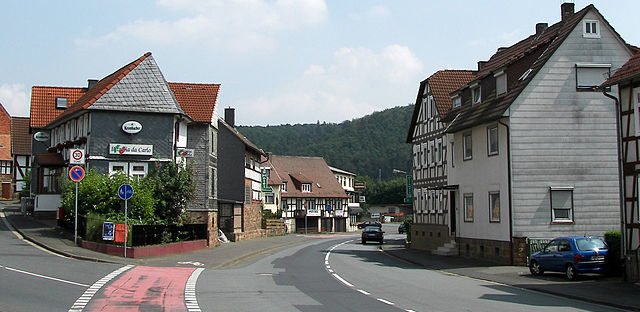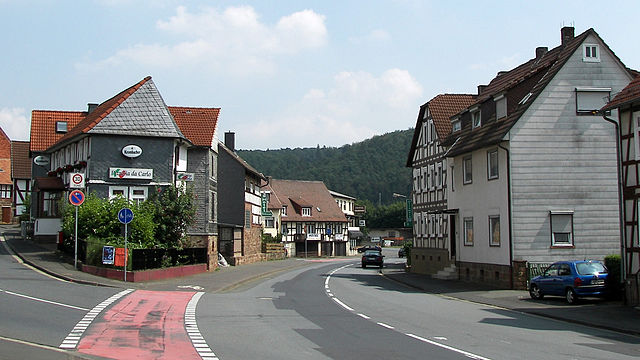- Target: 100% renewable energy overall for the community by 2040
- Status: In progress
- RES: Solar and biomass energy.
- Implementation: Coelbe district in Germany is made up of six rural communities (Bernsdorf, Buergeln, Coelbe, Reddehausen, Schoenstadt and Schwarzenborn), located in the state of Hessen. In 2011, the Coelbe government unanimously decided across political party lines to set a community wide target of using only renewable energy resources to meet demand by the year 2040. Similarly in January 2012, the state of Hessen decided to transition to 100% renewable energy by 2050.
Coelbe has created a climate protection plan that lays out how they will achieve the 100% target. The plan takes into account appropriate technologies, costs, integration with climate goals, public relations, and action steps. Coelbe anticipates that by transitioning to renewable energy and efficiency upgrades, it will save up to € 5 million in energy costs annually. Milestones achieved so far include solar panel installations on several municipal properties. The largest generates enough electricity to meet more than 10% of Coelbe's power demand. It is jointly owned by the municipality and by individuals who have personally invested in shares or certificates that generate 6.8% returns, ensuring that the local citizens and community reap the economic benefits of the solar system. Another example of community's energy transition is a heating grid in Schoenstadt built by the village cooperative, fueled by wood chips from the local saw mill, and which supplies heat for 80% of the village buildings. Such projects have attracted visitors from other countries to come learn best practices and have engaged local community members to volunteer to help manage them. - Population: 11600 (2017)
- Area: 73 km2 (28.18 sq mi)
- Link: Cölber Energiewende
- German

